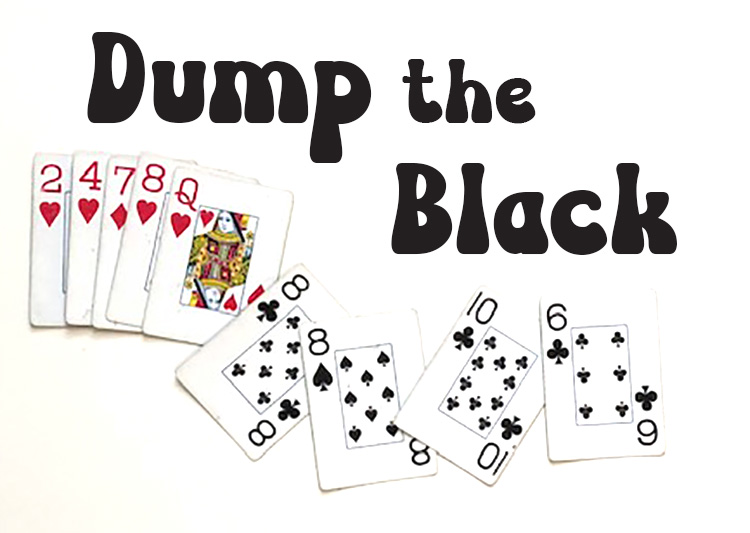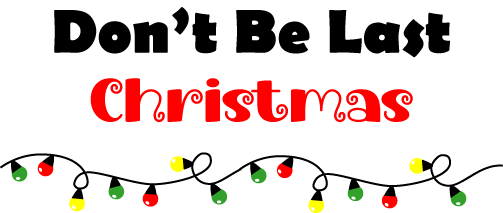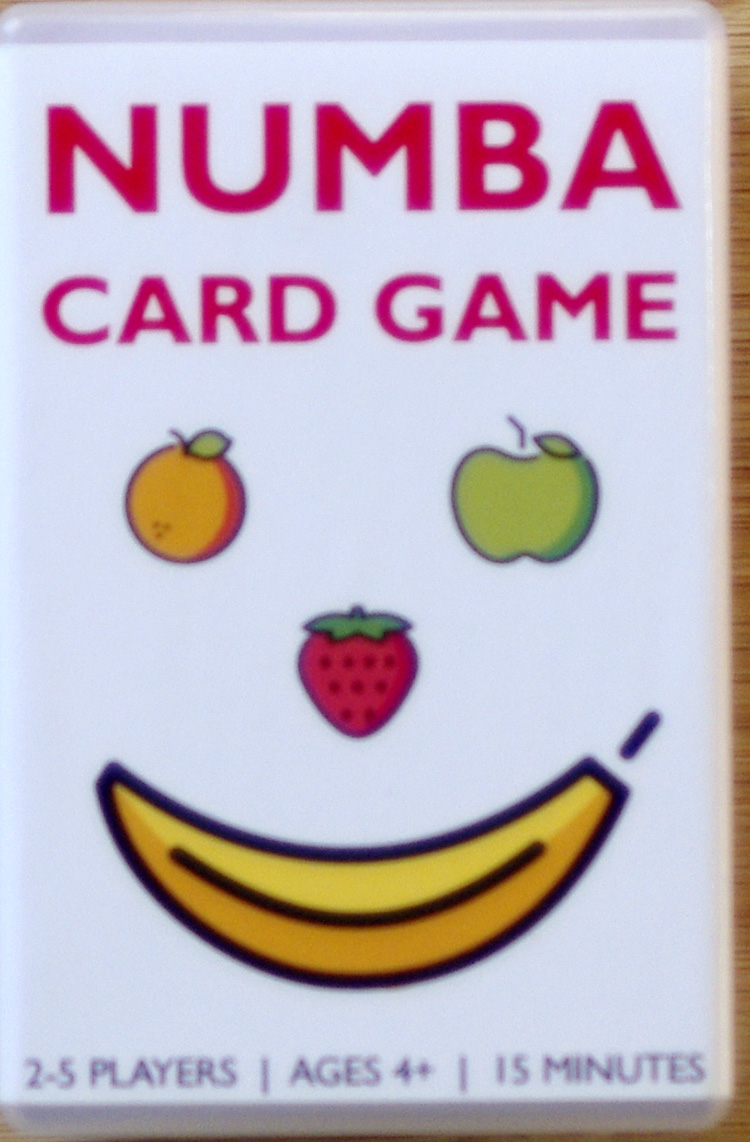A Rummy-type card game with a challenging and exciting twist Ages 7 and up 2 to 6 players
If your family loves card games that can fill a full family game night, then Phase 10 is for you. It’s an easy to learn game but it’s a challenge to win. It has a similar feel to one of our family’s favorites Jok-R-Ummy. It takes about the same time to play as Hearts, 5 Crowns and 3 to 13.
In this post we’ll cover the Phase 10 cards, how to play Phase 10 and what we liked and didn’t like about the game. Let’s get into it.
This post may contain affiliate links. I receive a small commission at no cost to you when you make a purchase using my link.
The Phase 10 Cards
To start, there are reference cards. This is handy as you often need to check it to see what the objective you’re working on is.
Next are the coloured number cards. There are four suits, or colors—red, blue, green and yellow. These cards are numbered 1 to 12.
Last, there are Skip cards and Wild cards. The Skip cards make another player loose a turn. The wild cards can be used in the place of any card.

Setting Up Phase 10
To start, the dealer shuffles the deck and deals 10 cards to each player. The dealer then places the rest of the deck in the middle to form the draw pile and turns over the top card to start the discard pile.
To make scoring Phase 10 easier, we’ve created a score sheet that you can get for free in the Fun Library.
Playing Phase 10
The person on the dealer’s left is the first player. He can take the top card on the discard pile or draw the top one from the draw pile. At the end of his turn, he needs to discard one card.
The goal in the first hand for all players is to complete the first phase. Phase one is 2 sets of 3.
Sets
A set is two or more cards that have the same number. For example, a red 2, a yellow 3 and a blue 3 is a set.

Runs
A run is four or more cards that are in sequence and are of the same colour. For example the 4, 5, 6, 7 all in blue is a run.
The Phases
1 – 2 sets of 3
2 – 1 set of 3 and 1 run of 4
3 – 1 set of 4 and 1 run of 4
4 – 1 run of 7
5 – 1 run of 8
6 – 1 run of 9
7 – 2 sets of 4
8 – 7 cards of 1 colour
9 – 1 set of 5 and 1 set of 2
10 – 1 set of 5 and 1 set of 3

Wild Cards
A wild card can be used in lace of any other cards. A player can use as many wild cards as she needs, as long as she has one natural card in the run or set. Once a wild card is in place, it can’t be swamped or moved. If a wild card is the flipped over card at the start of the game, the first player may pick it up and add it to her hand.

Making a Phase
When a player achieves the Phase, on his turn, he places them on the table in front of him. You can have more cards than are needed. For example, if you are making a set of 3 and you have four card of that kind, then you can put down all four. To lay down the cards, you must have all the needed cards.
You may only complete one Phase per hand and the Phase must be completed in order.
Once you have your Phase down, you can continue to add to it. You can’t add new runs or sets. However, you may add to other player’s set and runs that are one the table.
Going Out
Once you have your Phase on the table, the object is to go out as soon as possible. You go out by playing all of your cards. Your last card may be discarded or added to a Phase. The player who goes out first wins the hand.
Any player who completes the Phase that they are working on in that hand moves to the next Phase in the next hand. For example, if you completed Phase 3 you can move onto Phase 4. On the other hand, if you weren’t able to complete your Phase, you will have to try again in the next hand.
Scoring Phase 10
When a player goes out, she wins the hand and scores 0. All other players, add up the cards left in their hands. The cards are worth these points:
Cards 1 to 9 are worth 5 points each.
Cards 10 to 12 are worth 10 points.
Skip cards are worth 15 points.
Wild cards are worth 25 points.

Round Two
Once the scares have been marked, the cards are shuffled and the player who was the first player is now the dealer. Play continues in this manner until someone completes Phase 10.
Winning Phase 10
The player who finishes Phase 10 first is the winner.
If there are two or more players who complete Phase 10 in the same round, then the player who has the least amount of points wins. If there still a tie, the players play one more round trying to be the first player to get a Phase 10.
Phase 10 Variations
Ten Hands
In this Phase 10 variation, all players move onto the next phase even if they haven’t completed the current phase. For example, in hand one everyone tries to get 2 sets of 3. In the second hand, all players are trying to get 1 set of 3 and 1 run of 4 even if they didn’t get the first phase. This game is played in only 10 hands and the winner is the player with the smallest score.
Shorter Games
To play a shorter game of Phase 10, layer can decide to play to Phase 5 or 7. Player can also decide to play only the odd or even Phase of the game.
What We Liked
First, we liked that the game was easy to learn. We also liked the challenge. The variety of the phases is also nice—we especially liked the 7 cards of one colour, you don’t see that in many card games.
What We Didn’t Like
First, we found that by the time you get to Phase 6, it’s a little repetitive. Phase 4 is a run of 7, phase 5 a run of 8 and phase 6 is a run of 9. It just feels like been-there-done-that. Maybe if they were broken up with some of the other phase it would be better. We just usually skip Phase 6.
Next, keeping score just in case there is a tie is a lot of work. It does add to the challenge but it seems rather pointless in the end. (We haven’t yet had a tie.)
Is Phase 10 worth Adding to your Family Game Shelf?
Phase 10 is an easy to play game that is challenging and can be adapted to play shorter. Although we enjoy other card games more, I would say because of the small size of the game and usually low cost of it, Phase 10 is a game to make room for, especially if your family loves card games.
To get your copy of Phase 10, shop here. Canadians can get theirs here. They even have a cute Phase 10 Junior edition that looks good. Don’t forget to get your copy of our Phase 10 score sheet in the Fun Library.

And if you’re looking for more fun card games, be sure to check our card game section and look for Jok-R-Ummy, Five Crowns and see our UNO variations. And you can find all of our Seasonal and original games in the Family Game Shelf Shop.
Rating:

Julia:

Carrie-Anne:

Joel:







Be the first to reply